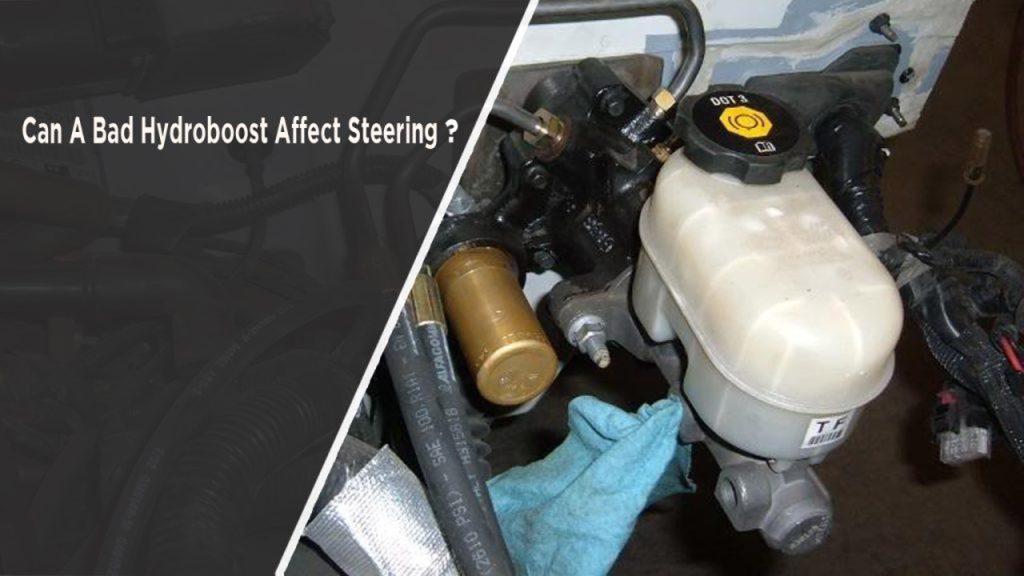If you’ve ever felt your steering wheel shake while driving, you know how unsettling it can be. I’ve been there—wondering if it’s just a rough patch of road or something more serious. One potential culprit could be a bad CV axle.
The CV (constant velocity) axle is a crucial component in your car’s drivetrain. It ensures smooth power transfer from the engine to your wheels, even when they’re turning or moving up and down over bumps. When this part wears out or gets damaged, it can lead to noticeable vibrations in the steering wheel, among other symptoms.

Let’s break down everything you need to know about CV axles, how they can cause steering wheel shakes, and what you can do to fix the issue.
What Is a CV Axle and Why Is It Important?
The CV axle is a shaft with flexible joints that connects the transmission to the wheels. It allows your car to move efficiently while handling the up-and-down motion of the suspension and the turning motion of the steering.
Key Functions of a CV Axle
- Power Transfer: Delivers torque from the engine to the wheels.
- Flexibility: Accommodates the movement of the suspension and steering.
- Smooth Driving: Ensures consistent power delivery, even during sharp turns or over uneven terrain.
Without a properly functioning CV axle, your car would struggle to drive smoothly and safely.
Signs of a Bad CV Axle
When a CV axle starts to fail, it doesn’t happen silently. Here are some common symptoms to watch out for:
Vibrations in the Steering Wheel
One of the most obvious signs is a shaking or vibrating steering wheel, especially during acceleration. This happens because a worn or damaged CV axle can no longer maintain balance, causing uneven power transfer.
Clicking Noises When Turning
A bad CV joint—the flexible part of the axle—often makes a clicking or popping sound when you turn the steering wheel, particularly during sharp turns.
Grease Leaks
If you notice grease on the inside of your wheels or around the CV boot, it’s a sign that the protective boot has torn, allowing the lubricant to escape. This can lead to axle wear.
Car Pulling to One Side
A damaged CV axle can cause uneven power distribution, making your car pull to one side.
Excessive Wear on Tires
Uneven or accelerated tire wear can also indicate a problem with the CV axle or other drivetrain components.
Why Does a Bad CV Axle Cause Steering Wheel Shakes?
The shaking occurs because a damaged CV axle disrupts the balance and smooth power flow to the wheels. Here’s how it happens:
Imbalanced Axle
When the axle shaft or CV joint wears out, it creates an imbalance. This imbalance results in vibrations that you can feel through the steering wheel, especially during acceleration.
Uneven Power Transfer
A faulty CV joint may fail to distribute power evenly, causing jerking motions or vibrations in the drivetrain.
Loose or Worn Components
If the CV axle is loose or its joints are worn, it can create instability that leads to steering wheel shakes.
When Is Steering Wheel Vibration Most Noticeable?
Understanding when the vibration occurs can help pinpoint whether the CV axle is to blame:
During Acceleration
If your steering wheel shakes primarily when you press the gas pedal, it’s a strong indicator of a CV axle issue.
While Turning
Shaking combined with clicking noises during turns often points to a damaged outer CV joint.
At Higher Speeds
Vibrations that worsen as your speed increases could signal a failing CV axle, but it’s also worth checking wheel alignment and tire balance.
Diagnosing a Bad CV Axle
When I suspected my CV axle was the issue, I followed a few simple steps to confirm it. You can do the same:
Visual Inspection
- Check the CV Boots: Look for tears, cracks, or grease leaks.
- Inspect for Damage: Examine the axle for bends, rust, or other signs of wear.
Test Drive
Take your car for a drive and note when the vibrations occur. Pay attention to whether they worsen during acceleration or while turning.
Listen for Sounds
Turn off the radio and listen for clicking, popping, or grinding noises when making sharp turns.
How to Fix a Bad CV Axle
Once you’ve determined that your CV axle is the cause of the steering wheel shakes, it’s time to fix it. Here’s how:
Repair vs Replacement
In most cases, replacing the CV axle is the best solution. While repairing a CV boot is an option, it’s often a temporary fix if the axle or joints are already damaged.
Steps for Replacing a CV Axle
- Lift the Car: Use a jack and secure the vehicle on stands.
- Remove the Wheel: Take off the wheel to access the axle.
- Disconnect the Axle: Unbolt the axle from the wheel hub and transmission.
- Install the New Axle: Slide in the replacement axle and secure it in place.
- Reassemble: Put the wheel back on and lower the car.
Professional Repair
If you’re not comfortable with DIY repairs, a mechanic can replace the CV axle for you. Expect to pay between $300 and $800, depending on your car’s make and model.
Preventing CV Axle Problems
Maintaining your CV axle can save you from costly repairs and unsafe driving conditions. Here are some tips:
Regular Inspections
Check your CV boots during routine maintenance. Catching a torn boot early can prevent axle damage.
Avoid Rough Driving
Driving over potholes or uneven terrain at high speeds can strain the CV axle and other suspension components.
Address Issues Promptly
If you notice any symptoms of a bad CV axle, address them right away to prevent further damage.
Conclusion
So, will a bad CV axle cause the steering wheel to shake? The answer is a resounding yes. A damaged or failing CV axle disrupts the balance and smooth operation of your drivetrain, leading to noticeable vibrations in the steering wheel, especially during acceleration.
The good news is that the issue is fixable. By recognizing the signs early and taking prompt action—whether through a DIY repair or professional help—you can restore your car’s performance and ensure a safer, smoother ride.
If you’re experiencing steering wheel shakes, don’t ignore them. Diagnosing and fixing the problem now will save you time, money, and potential headaches down the road.
FAQs
What are the symptoms of a bad CV axle?
Common symptoms include steering wheel vibrations, clicking noises when turning, grease leaks, and uneven tire wear.
Can I drive with a bad CV axle?
It’s not recommended. Driving with a bad CV axle can worsen the damage and potentially cause the axle to break while driving.
How much does it cost to replace a CV axle?
Replacing a CV axle typically costs between $300 and $800, depending on your car and labor rates.
Can a bad CV axle damage other parts of my car?
Yes, a bad CV axle can strain other components, such as the transmission, suspension, and tires, leading to additional repairs.
How long does a CV axle last?
A CV axle can last 70,000 to 130,000 miles, but its lifespan depends on driving conditions and maintenance.


